Have you ever rubbed a balloon on your hair, or on a jumper, and made it stick to you?
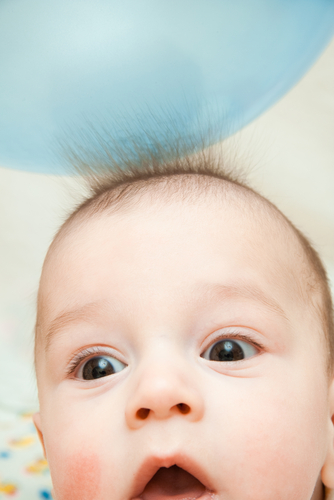
Or maybe you have experienced a static shock from something, like touching a door handle after walking across a carpet, or after jumping on a trampoline?
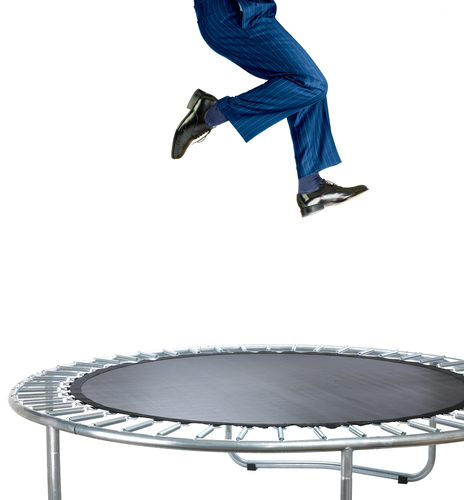
Those are some ways that you interact with the electrostatic force in your day-to-day life! Let's learn about this force.
An electrostatic force is a non-contact force. Remember, a non-contact force is a type of force where the interacting objects don't need to touch. But what causes the electrostatic force?
The electrostatic force happens because of electric charge. There are two types of electric charge, positive and negative.
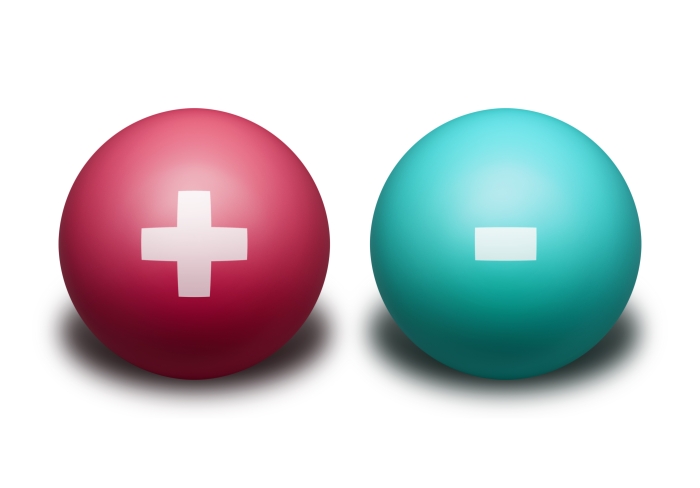
Positive charges repel positive charges.
Negative charges repel negative charges.
Opposite charges attract. For example, positive charges attract negative charges.
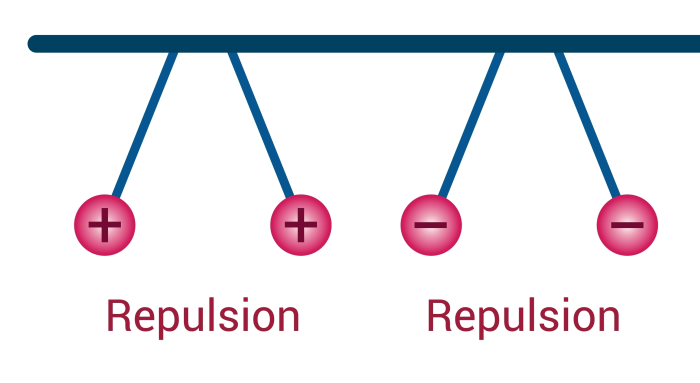
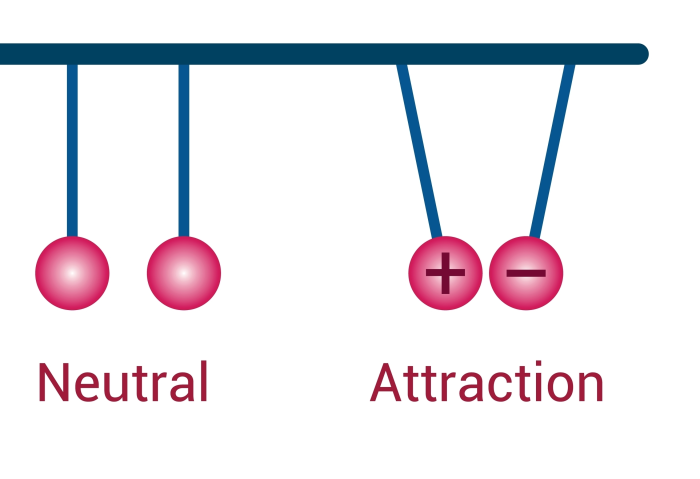
Let's talk about how these charges have an impact on our lives.
Everything that exists is made up of tiny particles called atoms. This diagram shows that atoms are made up of protons, neutrons and electrons.
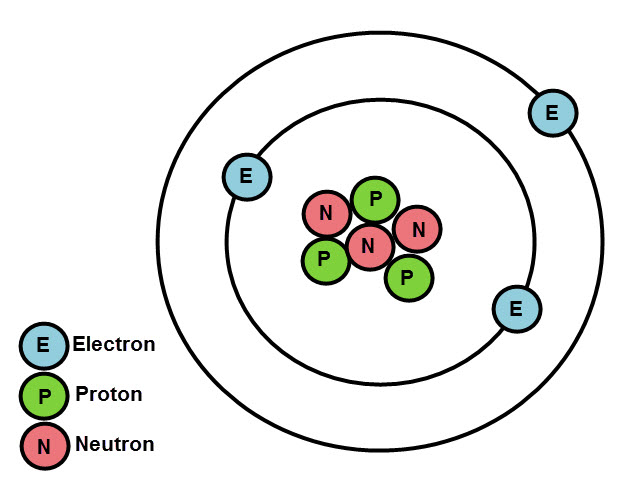
Electrons are negatively charged.
Protons are positively charged.
Neutrons have no charge.
Because atoms have an equal number of protons and electrons, they don't have any overall charge. We say they are neutral.
So what causes static electricity? This happens when friction affects an insulator. Friction can cause some of the electrons to move from one object to another - this can make it negatively charged. A good example of this is when you rub a balloon on your jumper. When you do that, some of the electrons from your jumper move onto the balloon.
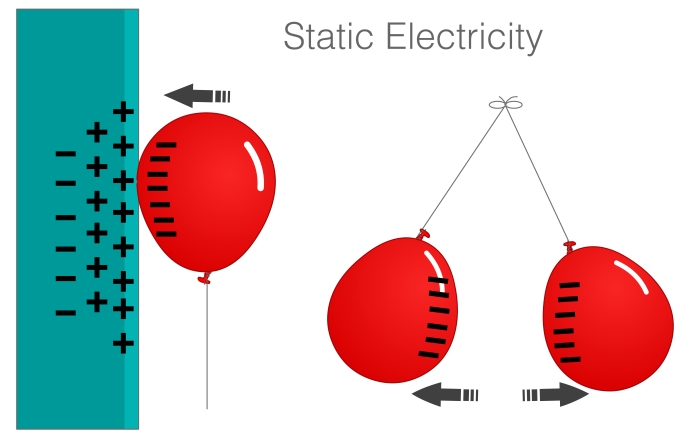
The balloon now has extra negative charge because of the extra electrons. This means that the balloon can cause an electrostatic force.
You can stick the balloon to a wall - the extra electrons on the balloon repel the electrons in the wall. The negative balloon will stick to the wall because it is attracted to the positive protons in the wall.
Because the electrostatic force is a non-contact force, it has an electric field. The electric field is an area around a charged object or particle, where other charged objects would experience an electrostatic force. The further you are from a charged object, the weaker the strength of the field.
Did you know that lightning is caused by the electrostatic force?
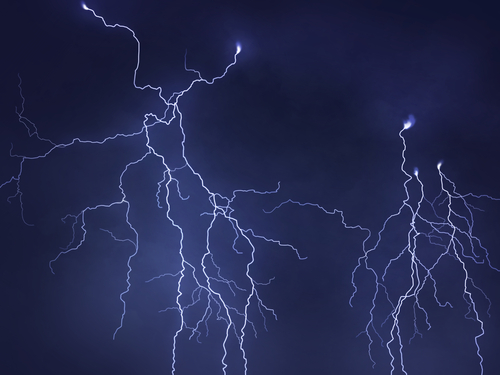
The movement of particles in the clouds causes friction, and negative electrons build up. When those negative charges build up enough, they are attracted to positive charges on the Earth, and when they move through the air, that's lightning!
Now that we have learnt about the electrostatic force and what causes it, let's try some practice questions!







